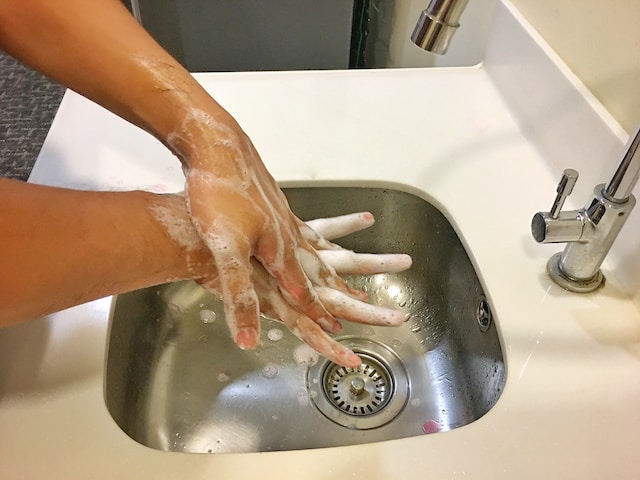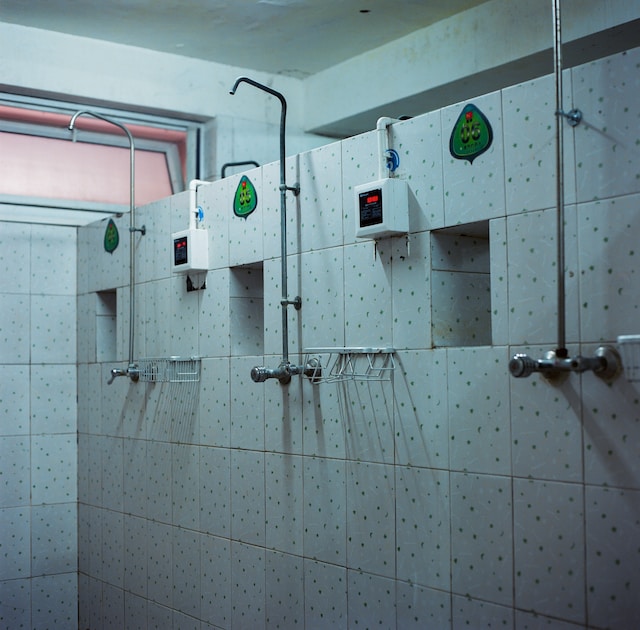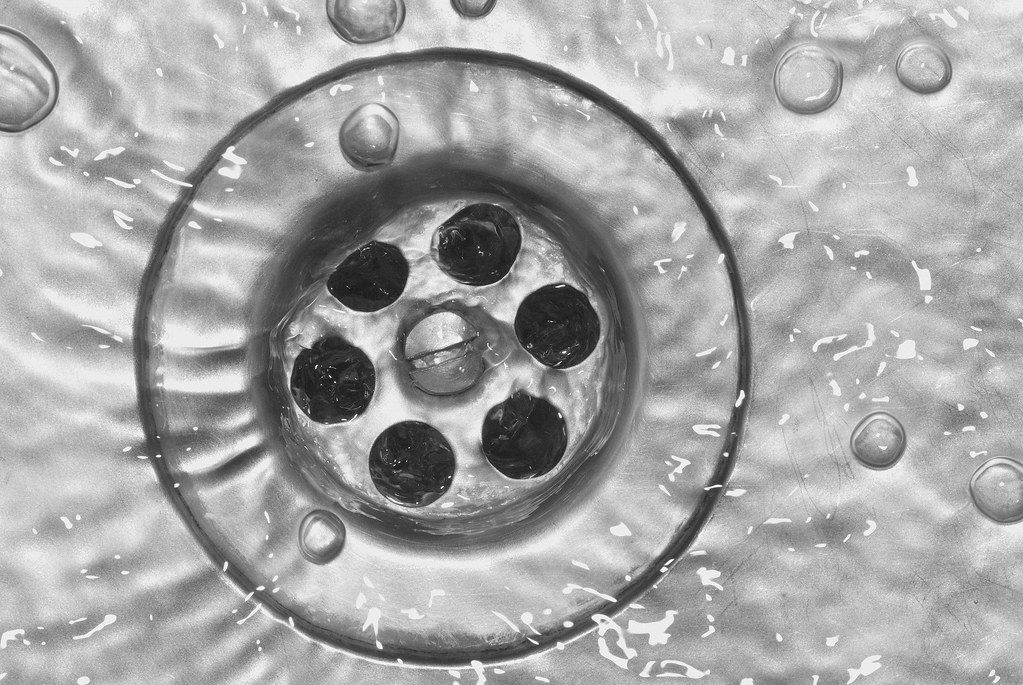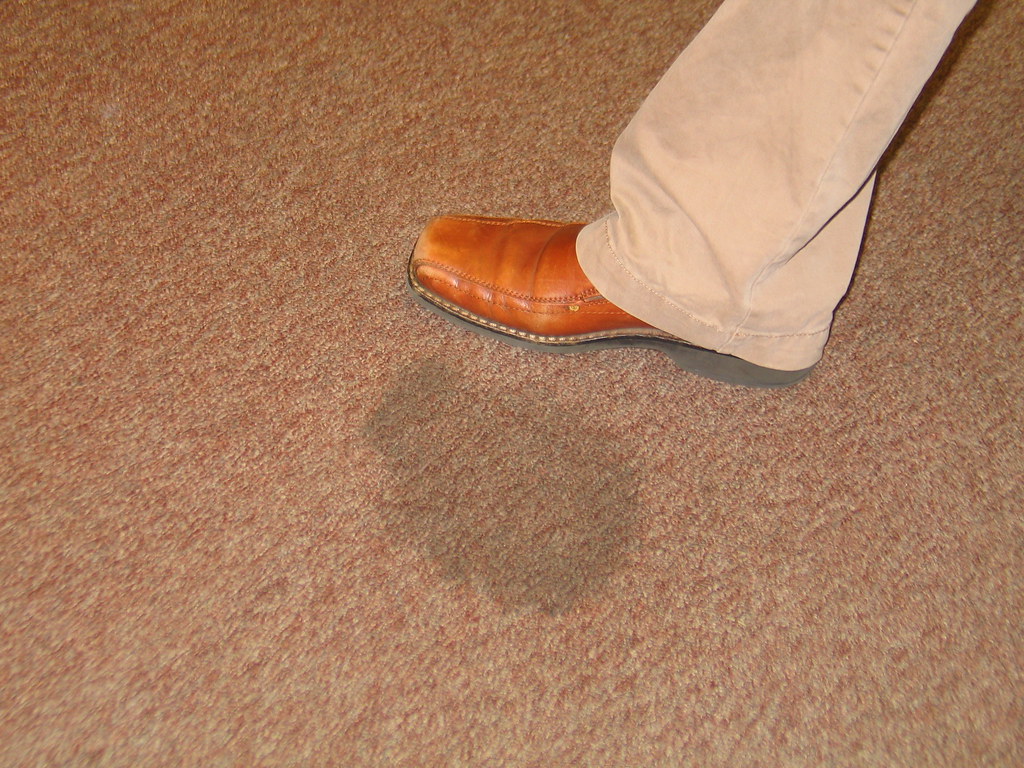One of our purchasers on Amazon.com recently asked if our cleaning solutions, sanitizers, and disinfectants can be used to clean wheelchairs. This is one of several unexpected questions we have received about our citric-acid-based cleaning solutions since we began marketing them on Amazon.
For this question, we turned to one of our engineers for the answer. And she answered the question, with a resounding yes.
But she added we should know a few more things about cleaning and disinfecting wheelchairs, starting with this: if more than one person uses the wheelchair, it should not be sanitized. Instead, it should be disinfected.
Here’s the reasoning behind this. While sanitizers are designed to reduce the number of pathogens on the surface to safe levels, when it comes to wheelchairs, most pathogens and microorganisms must be eliminated, not just reduced in number. It’s one of the many things we have learned from the pandemic to help stop the spread of bacteria, germs, and viruses.
Here are some additional suggestions we provided our Amazon customers:
• Remember cleaning and disinfecting are not the same. Clean first, then disinfect.
• Store-bought disinfectant wipes are often used to clean and disinfect wheelchairs. But remember, many contain alcohol that can cause skin irritations and rashes. This problem is intensified because wheelchairs are constantly being touched.
• When using a citric-acid-based disinfectant, let it remain wet on the surface for about ten minutes before wiping.
• The most critical surfaces to disinfect on a wheelchair are the armrests, handles, frequently touched components, and surfaces caregiver’s touch.
• Some wheelchairs now come with a joystick, which controls the movement of the chair. To disinfect, apply the citric-acid-based disinfectant to the cleaning cloth first, then clean and wipe. Do not apply directly on the joystick. Any cleaning solution or liquid applied directly to the joystick can damage the device.
• Avoid using bleach, solvents, synthetic detergents, or other cleaning solutions on wheelchairs. These chemicals can have a variety of negative consequences for the user; further they simply are not necessary.
She also suggested the following when cleaning wheelchairs
Frequency. The wheelchair should be cleaned and disinfected every day. However, if used by different people, it should be cleaned and disinfected after each use.
The wheels. Often overlooked, the wheels on wheelchairs regularly encounter germs and bacteria as they are rolled over floors. This means cleaning and disinfecting the wheels should be performed as frequently as possible, if not daily. They must not be overlooked. Both the front and rear wheels can become seriously contaminated, which can spread as the wheelchair is used, not only to the user, but to other floor surfaces.
The cushion. The cushions on a wheelchair can accumulate and spread bacteria if not cleaned and disinfected regularly. If used by many people, they must be cleaned after every use. Most wheelchair cushions are made of vinyl. Because vinyl is non-porous, it means citric-acid-based sanitizers and disinfectants are safe and effective to use.
The why. It is estimated that more than one hundred million people around the world use wheelchairs. For most of these people, wheelchairs provide not only mobility but independence. They allow people to participate in everyday activities, from working and going to school to socializing.
Some cleaning and disinfecting solutions used on wheelchairs cause odors, skin irritations and are made from non-renewable ingredients. LEXX brand citric-acid-based disinfectants are made from 100 percent FDA-approved food ingredients. Properly used, they do not leave odors, cause skin irritations, harm the wheelchair user, or the environment.
Using these disinfectants keeps the user not only physically healthy but emotionally healthy. When used on wheelchairs, citric-acid-based disinfectants allow users to participate in many social activities – especially the ones they enjoy the most.






